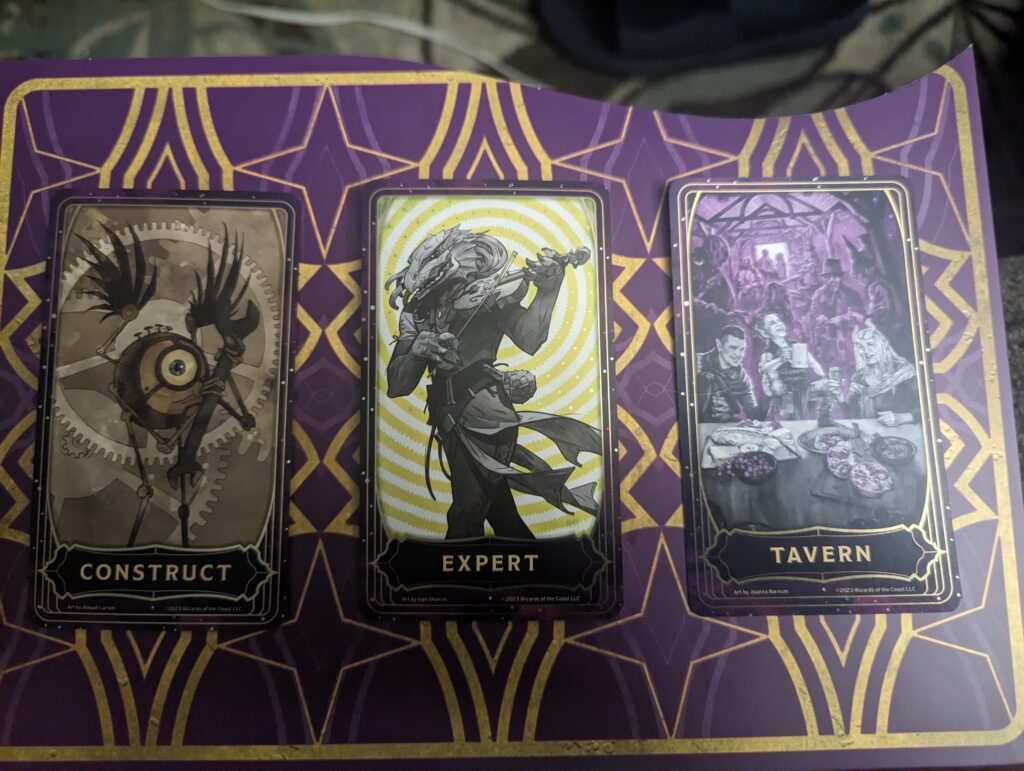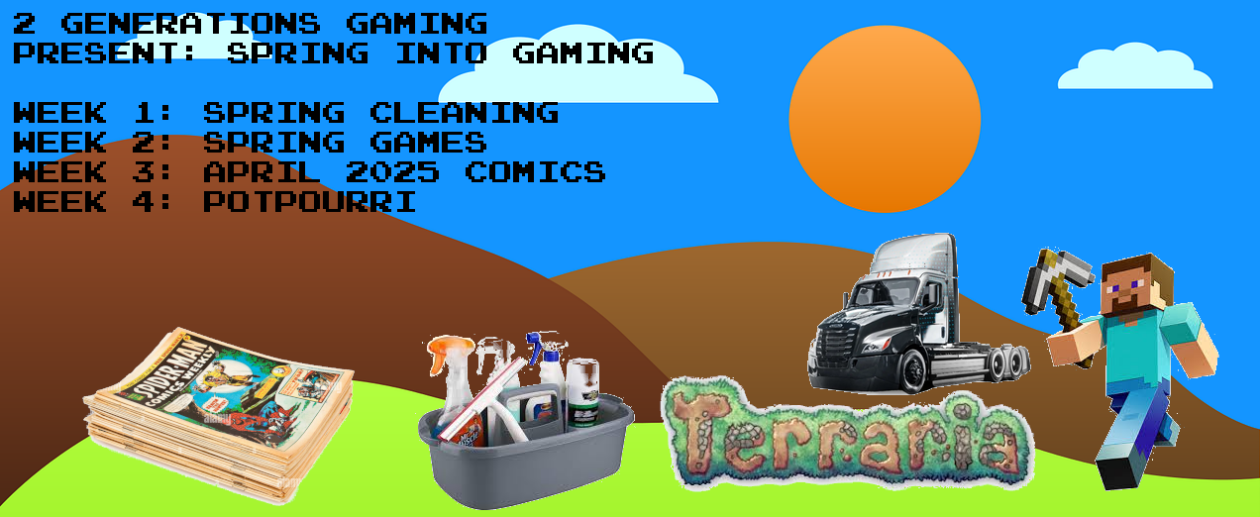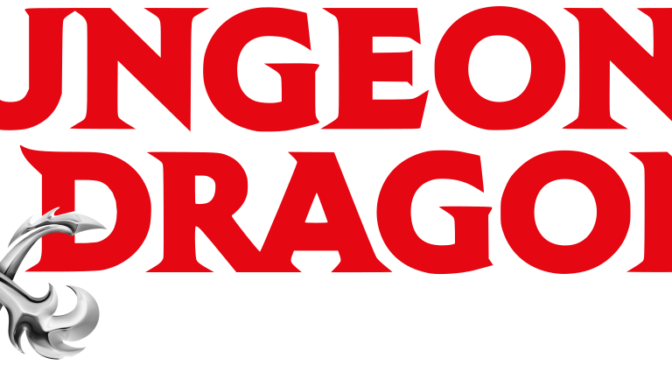Introduction
As a socially awkward teen outcast by many of my peers, I played Dungeons and Dragons with my friends. So, I’ve been playing the game for well over 30 years now. Even so, the game sometimes surprises me. For instance, I never heard of the Deck of Many Things. That may shock some of you. Let me explain.
We ended up having a few play sessions before the friend group started to grow apart. Those of you who played know the usual outcomes. You either struggle to put together a group or the group disbands in the middle of a campaign. Sometimes both. Then, my adult and family playgroups never happened and became just me and Quinn. So, I’ve played probably less than the average player.
The Book of Many Things
Even so, looking at the introduction to the book that comes with the deck makes me slightly embarrassed that I never encountered the deck before. It gives a history of the deck that goes back to the beginning. At some point, I should have ubiquitous piece of lore from the game. Thankfully, the book anticipates my ignorance.
They split the chapters into 5 sections. The first set of chapters gives DMs ideas of how to use the deck in their campaign. The other four sections then go into more detail for a different type of idea. There are chapters on character creation, astrological phenomena, adventure locations, and new monsters and characters to introduce into your games. It even shows you how to use the deck to create random puzzles. Overall, I think I’m going to have a lot of fun with this deck.
The Deck of Many Things
The deck comes with another reference guide. This one shows you how to set up the various spreads for putting together your adventures, characters, or puzzles. It then explains the meaning of each card. Similar to a tarot reading, they explain what upright and reversed mean in each context. Very cool touch.
The deck itself varies in the quality of artwork for each card. Some are highly detailed and vibrant. Others are far too plain. It makes sense in the context that all of the cards are different and represent different things. Some of those things are fantastic and vibrant. Others are not and their art reflects that. Overall, though all of the art is awesome.

The Verdict
I think this is my favorite purchase so far for Dungeons and Dragons since getting back into the game. I understand now why it became such a popular part of the game over the years. No doubt that it becomes the one resource that I use more than the others. Heck, I already have an idea to scan the cards and maybe try to write some kind of app that automates the process for me. I’ve been trying to practice more coding every week. That gives me the opportunity to do so.


